This clip from Eyes on the Prize* shows the first and only moment in the career of Dr. Martin Luther King, Jr. when a march that he led involved violence. He had to be ushered away in a car and left Memphis. When he returned, he gave perhaps his greatest speech, “I’ve Been to the Mountaintop” (April 3, 1968) in which he prophesied his own death.
In this, his final speech, he describes the historical moment: “The nation is sick, trouble is in the land, confusion all around. That’s a strange statement. But I know, somehow, that only when it is dark enough can you see the stars.”
He decries media coverage of the movement:
Let us keep the issues where they are. (Right) The issue is injustice. The issue is the refusal of Memphis to be fair and honest in its dealings with its public servants, who happen to be sanitation workers. [Applause] Now we’ve got to keep attention on that. (That’s right) That’s always the problem with a little violence. You know what happened the other day, and the press dealt only with the window breaking. (That’s right) I read the articles. They very seldom got around to mentioning the fact that 1,300 sanitation workers are on strike, and that Memphis is not being fair to them, and that Mayor Loeb is in dire need of a doctor. They didn’t get around to that. (Yeah) [Applause]. Now we’re going to march again, and we’ve got to march again
He lays out a strategy that includes boycotting white-owned companies and “strengthen[ing] black institutions.” He says, “I call upon you to take your money out of the banks downtown and deposit your money in Tri-State Bank.”
And he makes the case that a massive nonviolent protest movement–in which the sheer number of nonviolent protesters overwhelms both the police and any citizens who use violence–is powerful. It is not (I would say) powerful in the sense of being moving and rhetorically effective, like a “powerful” song or speech. It is powerful in the sense that it seizes the ability to determine outcomes. The Birmingham movement compelled the Civil Rights Act; Selma compelled the Voting Rights Act. “And there was a power there which Bull Connor couldn’t adjust to, and so we ended up transforming Bull into a steer, and we won our struggle in Birmingham.”
King gave this speech in the evening of April 3, despite a thunderstorm and his own deep qualms about speaking in Memphis. The next day, he was murdered. Riots, uprisings, insurrections (or whatever you want to label them) began across the country. And on Nov. 5., 1968, Richard M. Nixon won a national election that has been attributed to white backlash.
A few observations:
– The backlash was in no way the responsibility of the Civil Rights Movement. The causes included King’s assassination, the police and the FBI, media frames, and a racially biased majority. In Memphis and elsewhere, the Civil Rights Movement was doing what it had to do. To take a phrase from the “Letter from Birmingham Jail,” blaming the protesters for the backlash would be “like condemning a robbed man because his possession of money precipitated the evil act of robbery.” As King wrote in The Atlantic in 1967, “Let us say it boldly that if the total slum violations of law by the white man over the years were calculated and were compared with the lawbreaking of a few days of riots, the hardened criminal would be the white man.” We must “keep the issues where they are”: on the injustice, not responses to it. On the other hand, 1968 was a year of defeat, and it’s important to strategize about how to win instead of losing.
– Mass nonviolent movements are miraculous. They defy predictions about human behavior based on self-interest, limited information, and powerful emotions. They are also fragile–easy to disrupt with agents provocateurs, misinformation, and violent responses. King fully grasped that a mass nonviolent uprising is a kind of rupture in ordinary history. It is a moment when a better future suddenly becomes visible in the present. That is why delaying it can easily kill it. In the “Letter,” he writes that time can be made “an ally of the forces of social stagnation.” Therefore, “We must use time creatively, in the knowledge that the time is always ripe to do right. Now is the time to make real the promise of democracy and transform our pending national elegy into a creative psalm of brotherhood.”
– 2020 seems similar to 1968, yet different in important ways. Nixon was a far more skillful than Trump at exploiting backlash. He made the maintenance of racial hierarchy appear respectable by acting like a sober statesman. Trump is the face of white supremacy but happens to be grievously wounded by the pandemic, which would have been a threat to him even if he hadn’t grotesquely bungled it. (Sheer chance often determines outcomes in human events.) The country has also become more diverse: whites constituted 88% of the US population in 1970 versus 72% in 2020. On the other hand, the virus does make it harder to sustain nonviolent protests that are big enough to marginalize the police and violent individuals. People who would be relatively likely to maintain nonviolent discipline are also relatively likely to stay home to avoid the pandemic. Finally, the media landscape is far more fragmented, so that some Americans can see police rioting against innocent protesters while others see a nation devolving into crime. It is hard even to assess who is seeing what, let alone change the balance.
*Shearer, J. Stekler, P. (Director). (1990). The Promised Land [Video file]. PBS. Retrieved June 3, 2020, from Kanopy.



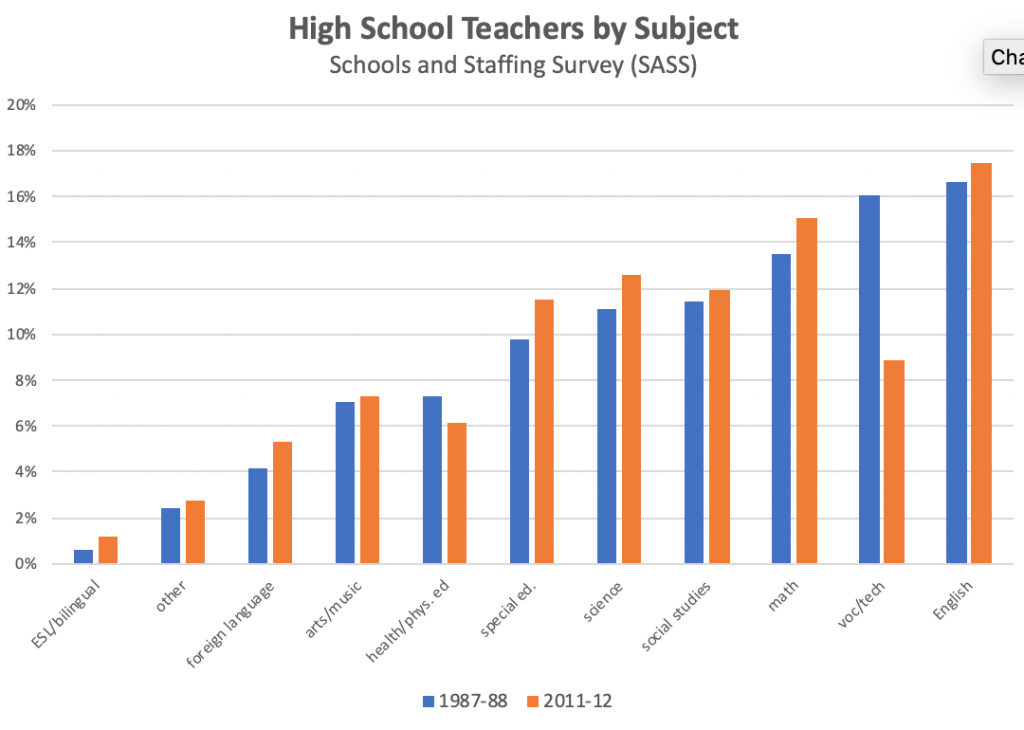
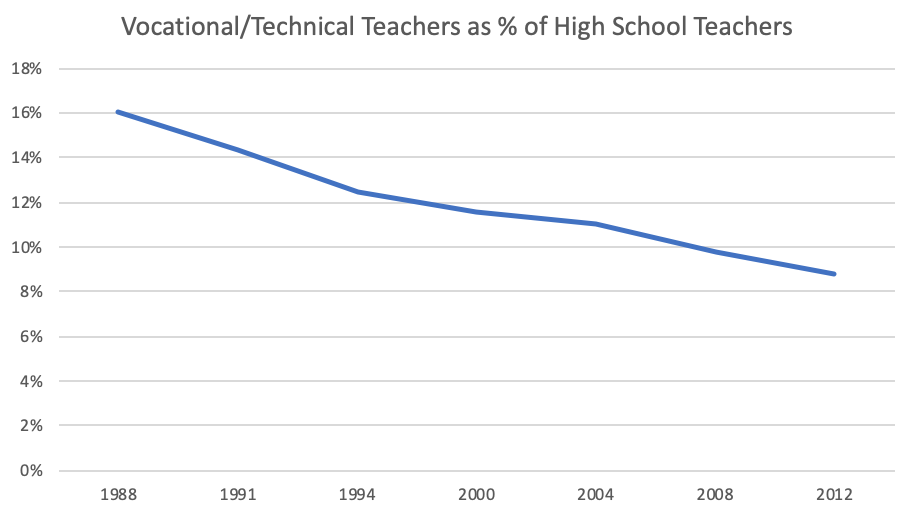
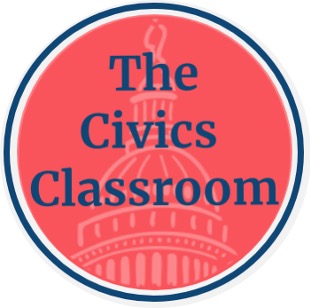


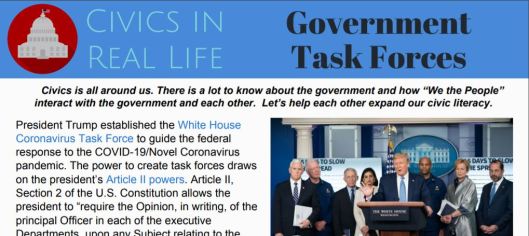
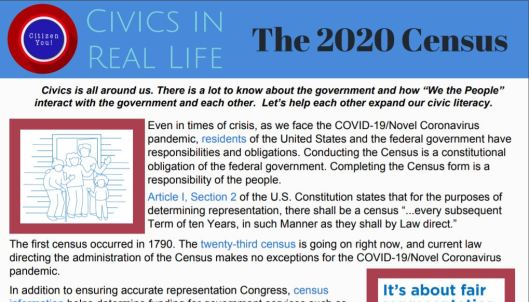
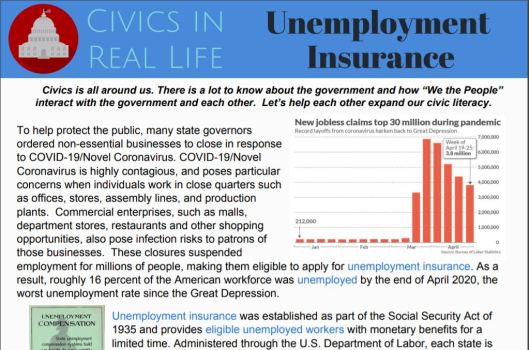
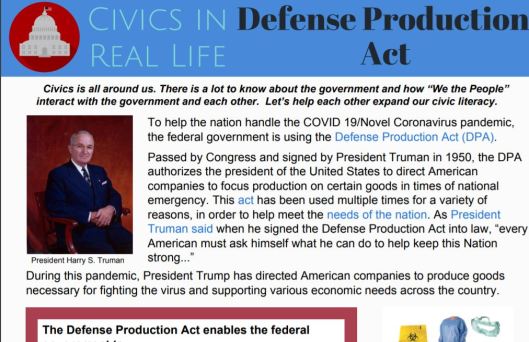
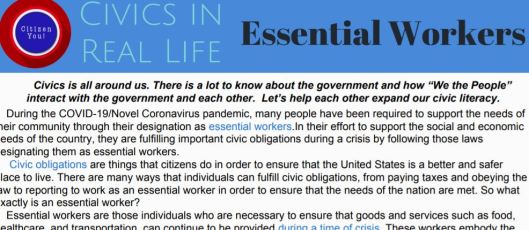
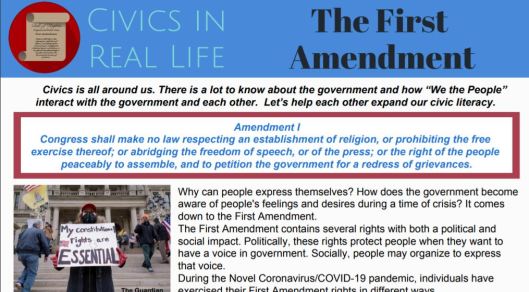
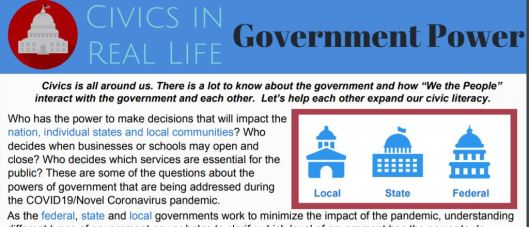
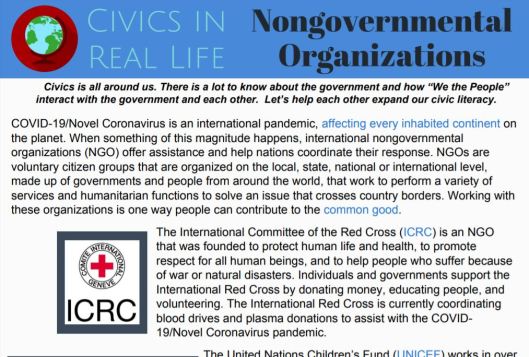
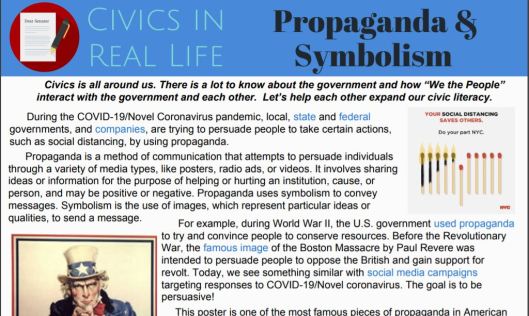
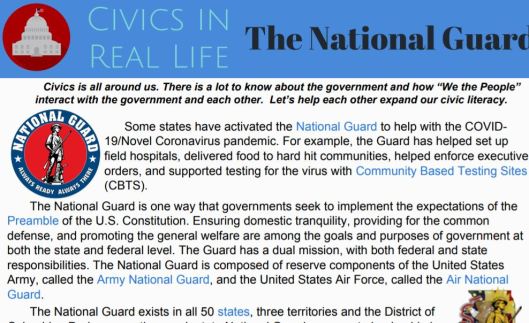
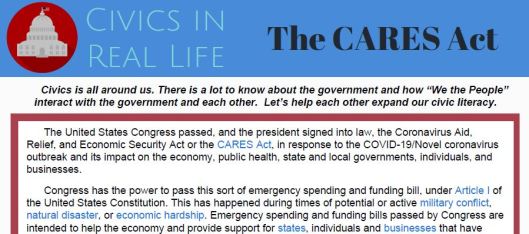
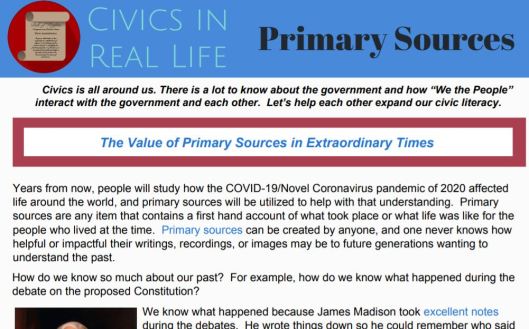
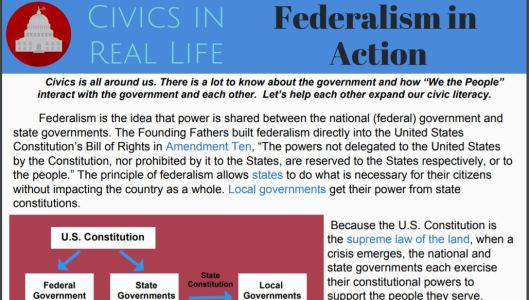


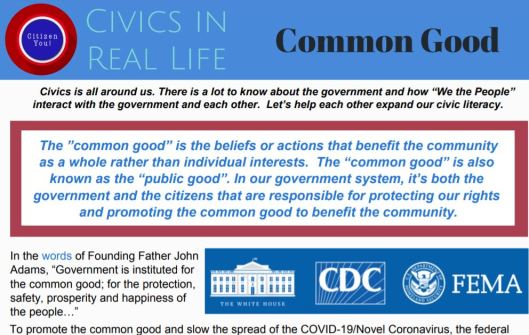

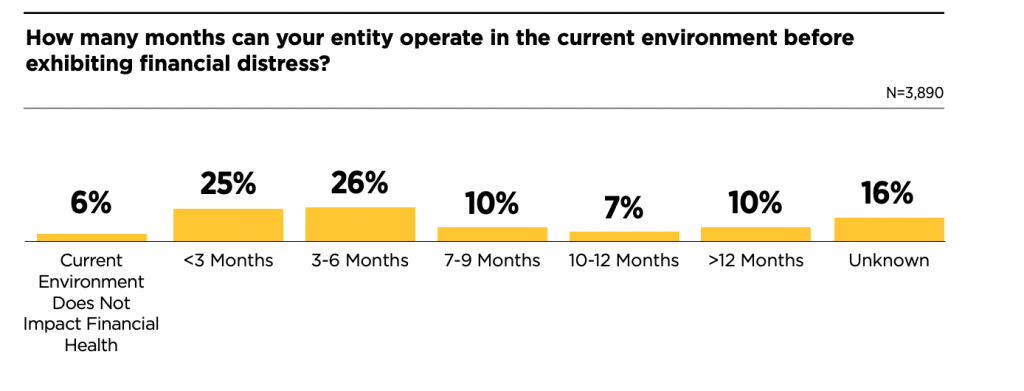
 Earlier in the pandemic, NCDD hosted conversations to help the dialogue, deliberation, and public engagement community explore how to respond to the needs arising immediately in our own communities. These conversations primarily focused on how to continue our work in a virtual format and how to help our communities stay connected while physically distanced. Now, two months into this experience, we would like to launch a conversation on what we are learning about our communities, and how we might help community members recognize what they see as important to sustain or nurture going forward.
Earlier in the pandemic, NCDD hosted conversations to help the dialogue, deliberation, and public engagement community explore how to respond to the needs arising immediately in our own communities. These conversations primarily focused on how to continue our work in a virtual format and how to help our communities stay connected while physically distanced. Now, two months into this experience, we would like to launch a conversation on what we are learning about our communities, and how we might help community members recognize what they see as important to sustain or nurture going forward.